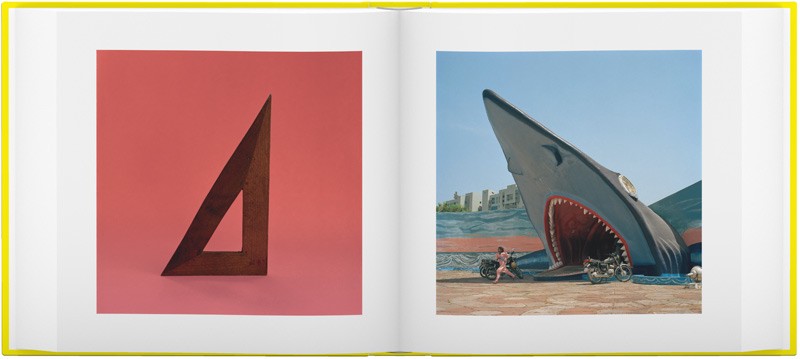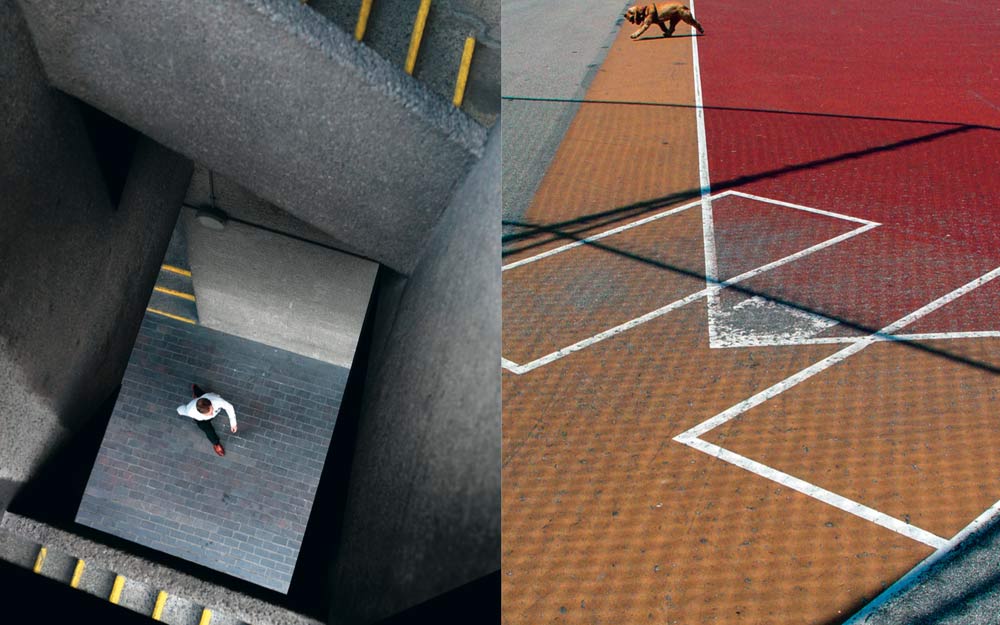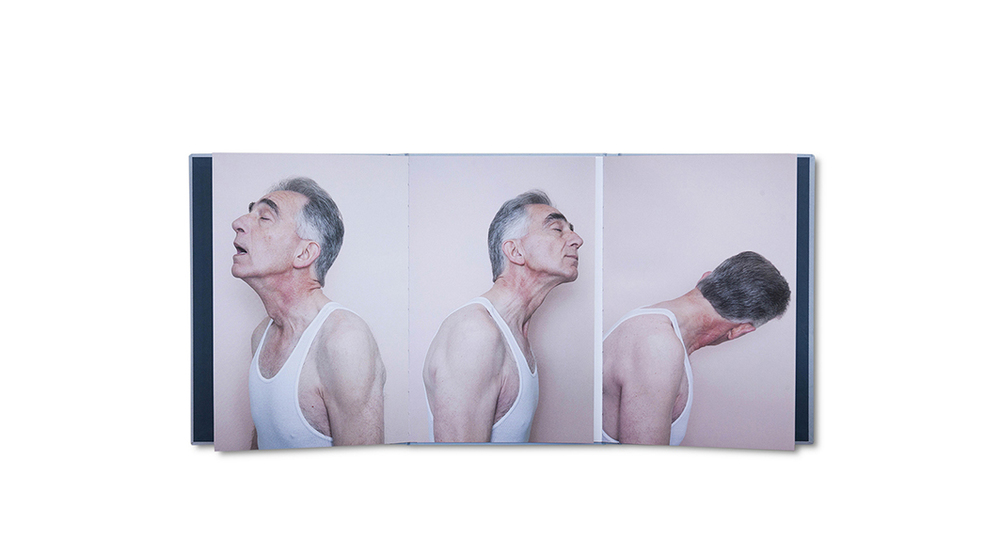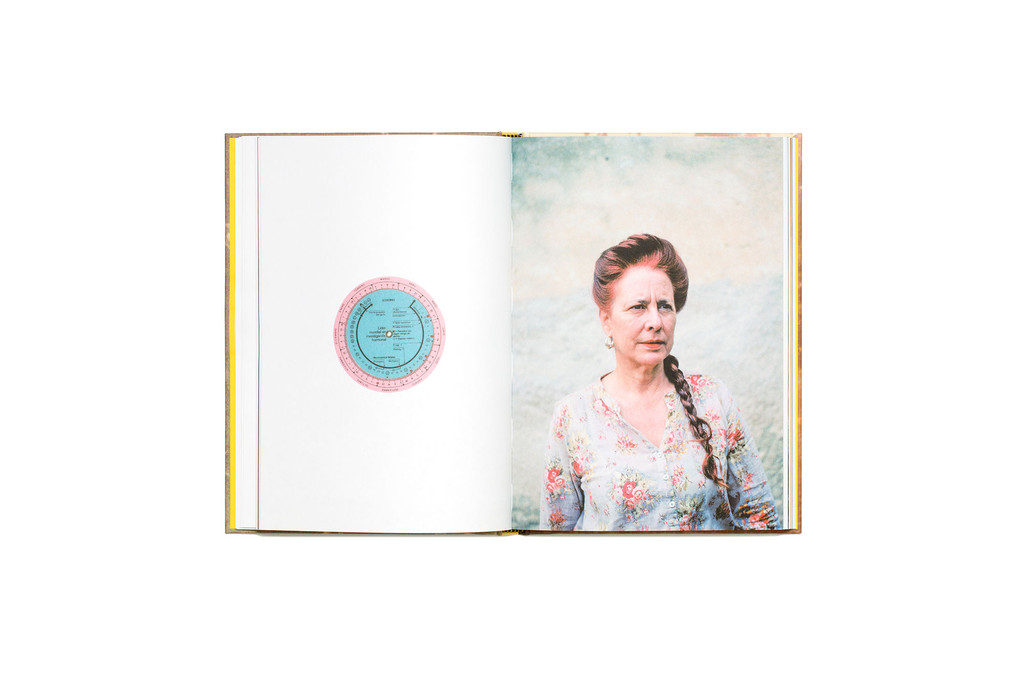Once upon a time….
A well rehearsed phrase that we are all familiar with, invoking childhood memories of fairytales, grandparents recounting old days or stories around the campfire. American novelist Kurt Vonnegut argued that the quality that defined good storytellers was simply that they themselves loved stories.
See if you can identify the story that Vonnegut is illustrating here using a X / Y graph.
TASK 1: In pairs discuss how photography can tell stories and give examples?
think, pair, share…
Show me boards
Cold calling
Examples of visual storytelling:
FAMILY ALBUMS: images that charts events in the history of a family, such as portraits of family members, births/ christening, marriages/ weddings, holidays, birthdays, children at play, a new car etc.
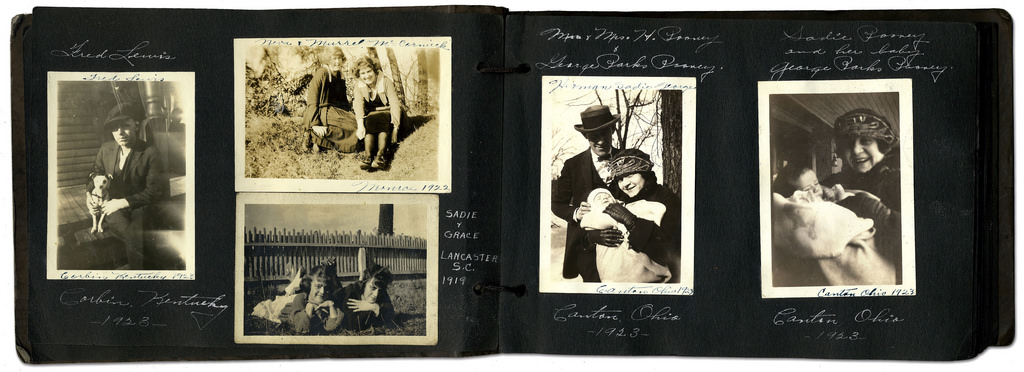
WEDDING ALBUMS: a specific album produced with images from a weddings showing staged portraits and imagined snapshot following a formula of images depicting the wedding party, speeches, cutting the cake, first dance etc.
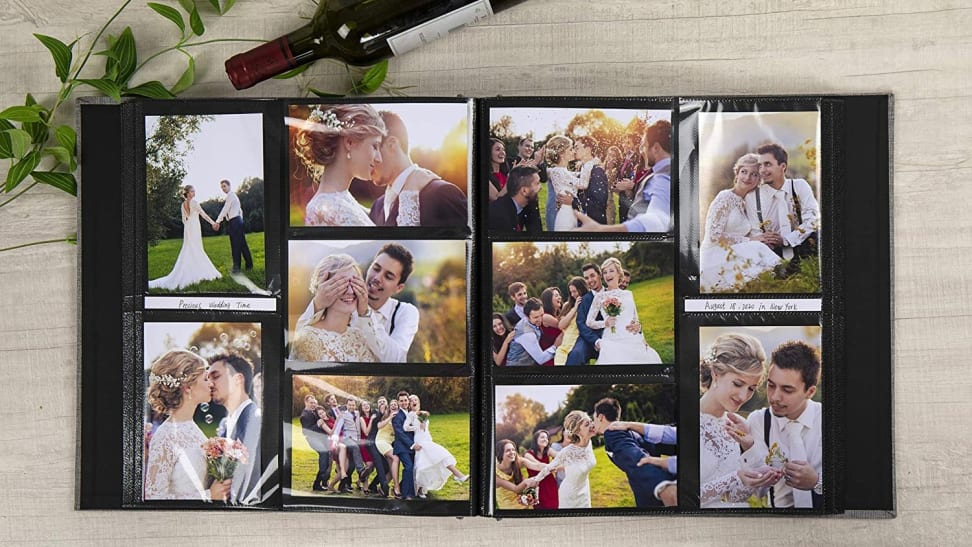
MOBILE PHONES / SOCIAL MEDIA: Digital images stored on mobile phones acting as a digital archive of your life. Images selected individually or in groups, edited using in-built software and shared on social media etc.


PICTURE-STORIES/ PHOTO-ESSAYS:
A carefully considered se of images that together tells a story visually, published in magazines, newspapers or equivalent online platforms.

PHOTO-ZINES: smaller low-fi and affordable publications with less pages, produced and self-published by artists/ photographers.

PHOTO-BOOKS: More serious and long-form photographic studies about a specific subject, community or place that are produced in collaboration with photographer, writer, designer and publisher.

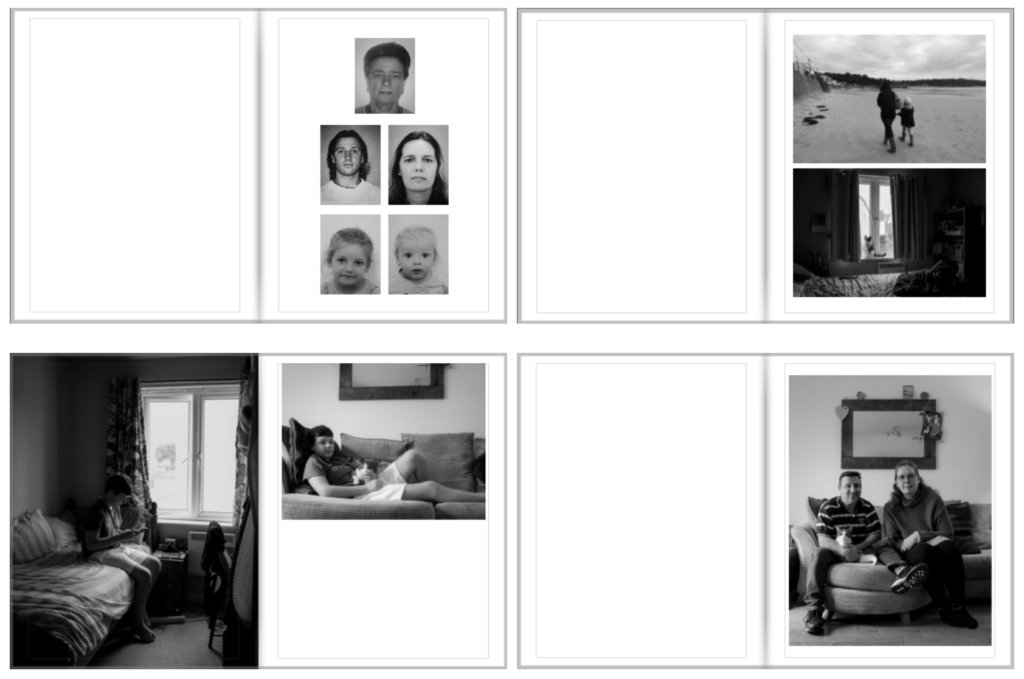
FILMS/ CINEMA: Films are 24 still-images every second played on a timeline. More complex stories can be told using images and sound combined.

NARRATIVE – a summary
Narrative is essentially the way a story is told. For example you can tell different narratives of the same story. It is a very subjective process and there is no right or wrong. Whether or not your photographic story is any good is another matter.
An analogy: you witnessed a road accident and the police arrived to take statements from bystanders who saw the accident. Your version of events would be different to that of other witnesses or bystanders. They are both ‘true’ to what you saw and they both tell a different narrative depending on where you were in relation to the event, your point of view and how you remembered the event as it happened.
- Narrative is constructed when you begin to create relationships between images (and/or text) and present more than two images together.
- Your selection of images (editing) and the order of how these images appear on the pages (sequencing) contributes significantly to the construction of the narrative.
TASK 2: SEQUENCING: In pairs choose a newspaper and deconstruct it to re-configure a new narrative. You can cut, rip and tear sheets apart
Consider the following:
- Think about what theme or story you wish to tell.
Think about start, middle and end images. - Which images are major images (establishing shots, full page, double page), and minor images (portrait, detail shots, small images, multiple images on the page etc.)
- Think about visual relationship between images and their juxtaposition e.g colour, shapes, subject, repetition, landscape, portrait, objects, details etc.
- What happens or changes over the series of images?
- Are you using your best images?
